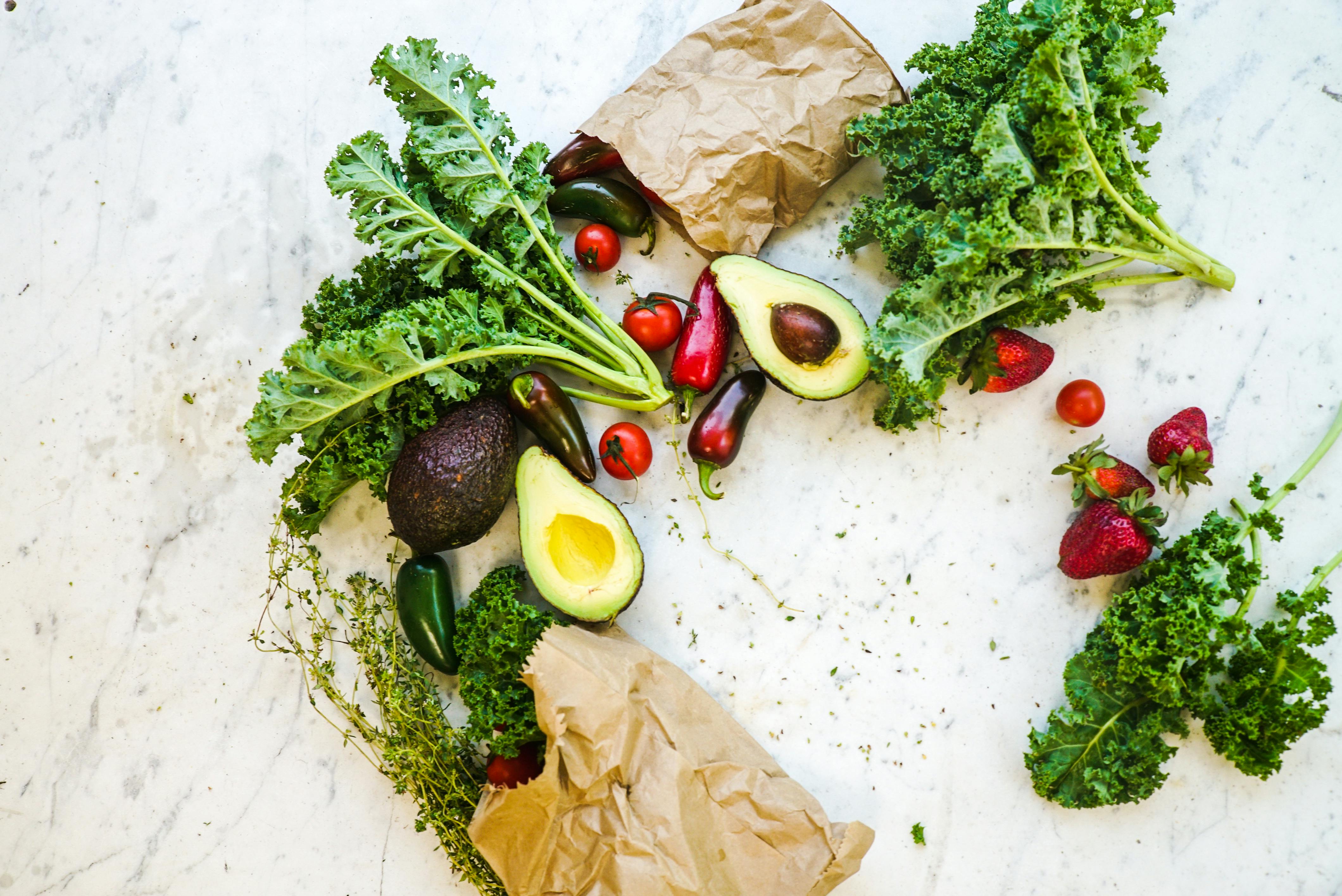Chevrolet Silverado 1500: More Than Just a Pickup
by AI generated article - Chat GPT5The Chevrolet Silverado 1500 is one of those vehicles that has ea…

by AI generated article - Chat GPT5
In recent years, fresh fruit and vegetable delivery has moved from being a niche convenience to a staple service for many households. Whether it’s a busy professional trying to save time, a family aiming to eat healthier, or someone who simply enjoys the luxury of having seasonal produce appear on their doorstep, the concept has gained enormous popularity. The appeal is obvious: no crowded supermarket aisles, no need to hunt for the ripest tomatoes, and the comfort of knowing your groceries are just a click away. But beyond convenience, there’s a fascinating world of benefits and behind-the-scenes details that make fresh produce delivery worth understanding in more depth.
The first thing to know is that most reputable fresh produce delivery services work directly with local farmers, cooperatives, and sometimes even urban growers. This direct link often means shorter travel times from farm to table, allowing you to receive vegetables and fruits at their peak freshness. Unlike supermarket stock, which may have been harvested days or even weeks earlier and stored in large distribution centers, delivered produce often reaches you within 24 to 48 hours of being picked. This freshness doesn’t just make the food taste better—it can also mean higher nutritional value, since vitamins and antioxidants begin to degrade after harvest.
Another detail that often goes unnoticed is the role of seasonal availability in shaping your weekly or monthly delivery. While supermarkets tend to stock a consistent range year-round (thanks to imports), delivery services are more likely to work with what’s in season locally. This encourages a more varied diet and can introduce you to fruits or vegetables you might not have tried otherwise. For example, you might get a bundle of rainbow chard in early spring or blood oranges in late winter—items you might pass by in a store simply because you weren’t looking for them. In this way, fresh produce delivery can become a small culinary adventure, nudging you toward new recipes and flavors.
Quality control is another factor that distinguishes a good delivery service. Many providers hand-select each piece of fruit or veg, checking for ripeness and avoiding produce that’s bruised or overripe. This is especially important for items like berries or leafy greens, which are delicate and quick to spoil. Some companies even tailor their packaging to specific produce, using breathable paper bags for mushrooms or insulated boxes with ice packs for salad greens during hot weather. This level of attention is part of what makes delivered produce often look better and last longer in your kitchen.
Interestingly, fresh fruit and veg delivery can also contribute to reducing food waste. Supermarkets often reject produce that’s perfectly good to eat but slightly misshapen or differently sized. Delivery services—particularly those that market themselves as “ugly produce” boxes—often embrace these items, selling them at a fair price while preventing them from being thrown away. This approach not only saves food from landfill but also helps farmers earn more from their harvests.
For consumers who care about sustainability, delivery can have unexpected environmental benefits. While it might seem that sending boxes to individual homes increases transport emissions, the logistics are often more efficient than dozens of separate car trips to the store. When delivery routes are optimized, a single van can serve dozens of households in a neighborhood, potentially lowering the carbon footprint. And because produce typically comes with less plastic packaging compared to pre-wrapped supermarket goods, waste is often reduced at the household level too.
One lesser-known perk of many delivery services is the extra products they often include or make available for order. Alongside your apples and carrots, you might find farm-fresh eggs, artisanal bread, dairy products, or even herbs and spices from local growers. This transforms a simple fruit-and-veg delivery into a mini farmers’ market experience at home.
Of course, choosing the right service matters. Checking reviews, understanding the sourcing practices, and knowing how flexible the ordering system is will help you find a provider that suits your needs. Some allow you to swap out items you don’t like, while others stick to a set seasonal mix. Pricing varies widely too, depending on whether the produce is organic, the delivery frequency, and whether there’s a subscription or one-off order system.
In the end, fresh fruit and vegetable delivery is more than just a convenience—it’s a way to eat fresher, support local agriculture, reduce waste, and bring a little surprise into your kitchen. For many people, the box at the door has become more than groceries; it’s a reminder of the connection between farm and plate, and how technology and tradition can work together to put better food on our tables.
Photo by Wendy Wei: https://www.pexels.com/photo/assorted-vegetables-1656666/